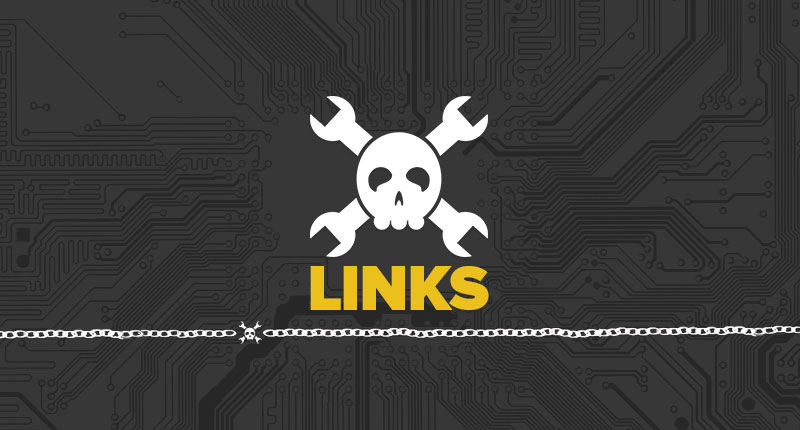
We all know that we’re living in a surveillance state that would make Orwell himself shake his head, but it looks like at least one company in this space has gone a little rogue. According to reports, AI surveillance start-up Flock <<insert gratuitous “What the Flock?” joke here>> has installed at least 200 of its car-tracking cameras on public roads in South Carolina alone. That’s a serious whoopsie, especially since it’s illegal to install anything on state infrastructure without permission, which it appears Flock failed to obtain. South Carolina authorities are making a good show of being outraged about this, but it sort of rings hollow to us, especially since Flock now claims that 70% of the population (of the USA, we presume) is covered by their technology. Also, police departments across the country are in love with Flock’s service, which lets them accurately track the movements of potential suspects, which of course is everyone. No word on whether Flock will have to remove the rogue cameras, but we’re not holding our breath.
It looks like we’ll soon be writing the obituary we hoped would still be a couple of years away, as the chance that NASA will be able to reestablish meaningful communications with Voyager 1 seems to be diminishing with each passing day. We reported on the latest “flipped-bit glitch” back in February, but the problem dates back to November, when Voyager 1 started sending back gibberish instead of its usual payload of scientific data and spacecraft telemetry. The breakdown is thought to be caused by a corrupt bit of memory in the Flight Data System; NASA planned to resolve this by commanding the craft to switch back to a mode last used when it did its planetary flybys all those decades ago, but it’s not clear whether they ever did this or what the results were. We’ll assume the silence speaks for itself. We know that the entire Voyager program is long past the point of diminishing returns, and that the money NASA spends coaxing half-century-old hardware 24 billion kilometers away into producing results might be put to better use elsewhere. But then again, having something that far away to communicate with seems like an excellent way to develop the skills we’ll need as we expand humanity’s footprint further into the galaxy, so maybe it’s worth the expense. Just a thought.
Also in space news but a little bit closer to home, the mortally wounded Ingenuity helicopter may fly no more, but it still has work to do. Unlike another recent lander spacecraft, Ingenuity managed to stay on its feet after crashing into the Martian regolith, leaving its solar panel exposed to the Sun and keeping it powered up. That’s the good news; the bad news is that about the only thing it can do now is use its downward-pointing navigational cameras to watch the grains of sand and dust drift by in the wind. It’s valuable geological work, no doubt, but compared to soaring through the thin Martian atmosphere and breaking record after record, it seems a somewhat ignominious retirement. Lemonade out of lemons, anyone?
Nobody ever said being a Linux geek was going to be easy, but as those of us who have voluntarily defenestrated or depomified their computers can tell you, it’s not always an easy row to hoe. That’s especially true with content creation; while the Mac and Windows crowd can (usually) just plug and play, getting a Linux machine to cooperate with audio and video editing hardware and software can be a bit painful. Luckily, we have Venn Stone’s Interfacing Linux to help us out. Venn has spent the last decade or so building a Linux-based AV production studio and is now sharing the tips and tricks learned along the way, as well as building a community of like-minded content creators. If you refuse to worship at the altar of Redmond or Cupertino, this might be the place for you.
And finally, last week (fifth item) we noted the news that the US government is pushing programmers to eschew programming languages it deems to be “memory unsafe.” This basically boiled down to “C/C++ bad” because they lead to buffer overflow errors that can be exploited by malware. Now, the US National Security Agency — yes, that NSA — has come out with a helpful list of alternative languages, which have better memory-safety features and are totally not compromised in any way. Rust fans will be pleased, no doubt, as will Java programmers. We were a little surprised to see C# on the list, though, and we expect the inclusion of Ruby and Python will raise some eyebrows, with the latter no doubt drawing the ire of a certain Hackaday editor.
